|
|
|
|
Peatlands are boggy and soggy, and thick with thousand-year-old carbon stored in partially decomposed plant material. People used to avoid them — they were mucky and some even contained dead bodies that had been there for centuries or more. But lately, scientists have learned how important they are for storing carbon. Globally, peatlands contain more carbon than any other terrestrial ecosystem.
Today in The Conversation Canada Bin Xu from the Northern Alberta Institute of Technology writes about the ways forestry, agriculture, resource extraction and wildfire, have damaged Canada’s extensive peatlands. In Alberta, Xu and other scientists are finding new ways to restore these regions with bryophytes, a group of small, ancient land plants, more commonly known as “peat moss,” and keep the carbon locked in the ground
Also today:
All the best.
|
Hannah Hoag
Deputy Editor | Environment + Energy Editor
|

|
|
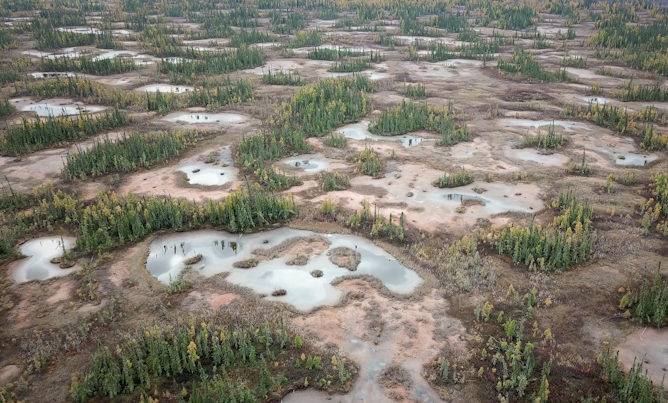
The United Nation Environment Program is leading the Global Peatlands Initiative to save peatlands and help keep climate change in check.
(Bin Xu)
Bin Xu, Northern Alberta Institute of Technology
Peatlands store more soil carbon than any other terrestrial ecosystem, including tropical forests. But they have been heavily exploited and damaged. Now, scientists are working to restore them.
|

With the latest return to online school, children’s data continues to be collected.
(Shutterstock)
Claudiu Popa, University of Toronto
The coronavirus pandemic has entrenched educational technologies in schools. Parents and guardians have been forced to relinquish their children's privacy, without assurance of protection.
|
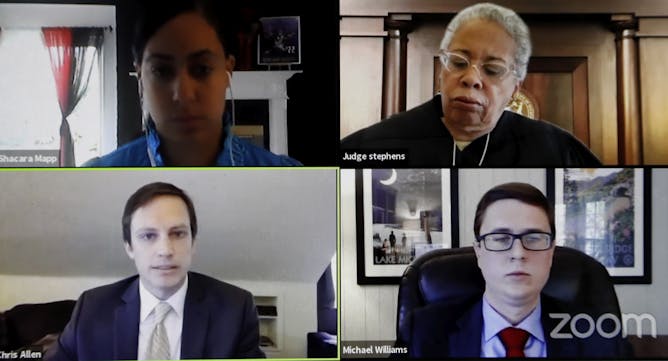
A Michigan Zoom court session is seen in this May 2020 photo.
(Carlos Osorio/Zoom via AP)
Jacquelyn Burkell, Western University; Denise Eades, Western University; Julie Lee, Western University; Stephen Troyer, Western University
If Zoom courts are here to stay, we must ensure virtual courts function as well as possible by identifying and promoting best practices.
|
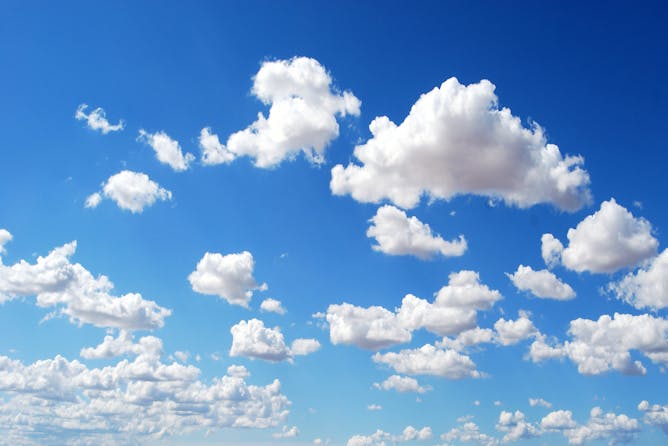
The sky can be so many different things: it can be big, beautiful and blue, or grey, cloudy and rainy. It can also be full of stars, or full of orange and red clouds at sunset or sunrise.
(Shutterstock)
Jesse Rogerson, York University, Canada
A young reader asks: What is the sky?
|
La Conversation Canada
|
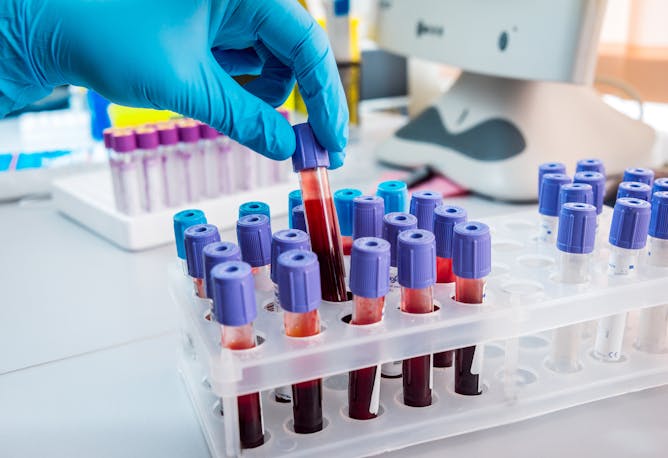
La thrombocytopénie est un état dans lequel le nombre de thrombocytes (très petites particules de sang, ou plaquettes) est nettement réduit.
Shutterstock
Anthony Zulli, Victoria University; Maja Husaric, Victoria University; Maximilian de Courten, Victoria University; Vasso Apostolopoulos, Victoria University
La « thrombocytopénie immunitaire prothrombotique induite par le vaccin », ou TIPIV, comme l’appellent les scientifiques, se caractérise par un manque de plaquettes dans le sang.
|
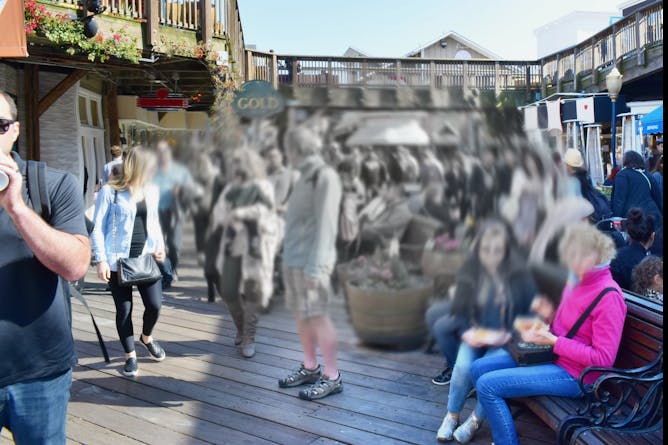
La dégénérescence maculaire peut entraîner un flou ou ou une absence de vision au centre du champ visuel.
Shutterstock
Langis Michaud, Université de Montréal
La dégénérescence maculaire liée à l’âge (DMLA) porte bien son nom : la prévalence augmente avec l’âge et il s’agit de la cause principale de cécité chez les plus de 65 ans.
|
Oceans 21
|
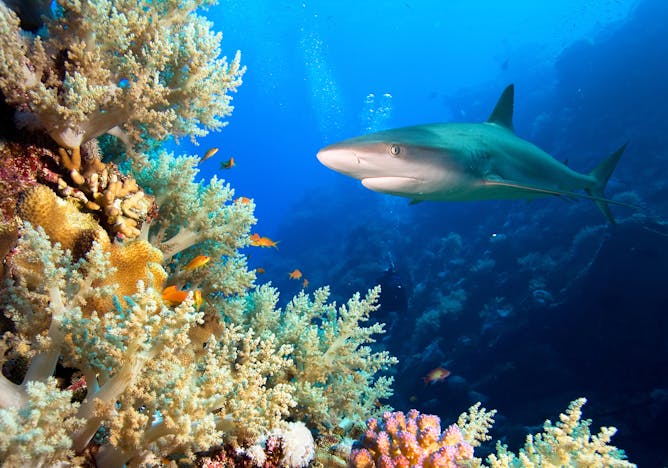
Shutterstock
Anthony Richardson, The University of Queensland; Chhaya Chaudhary, University of Auckland; David Schoeman, University of the Sunshine Coast; Mark John Costello, University of Auckland
Climate change has already made tropical oceans too hot for some marine species to survive. As they flee towards the poles, the implications for ecosystems and human livelihoods will be profound.
|
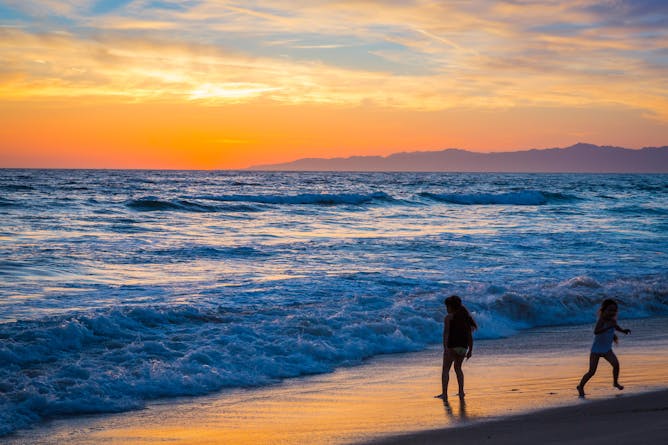
Inge Johnsson/Alamy Stock Photo
Phil Hosegood, University of Plymouth
Climate change is strengthening the division between the ocean surface and the abyss.
|
Politics
|
-
Maria Michail, University of Birmingham; Anna Lavis, University of Birmingham
Social media doesn't always offer comfort, but the space and support it can provide should be mirrored offline
|
|
Environment + Energy
|
-
Aoife Daly, University College Cork; Pernilla Leviner, Stockholm University; Rebecca Thorburn Stern, Uppsala University
The children argue failure to tackle climate change constitutes youth discrimination.
|
|
Podcasts
|
-
Gemma Ware, The Conversation; Daniel Merino, The Conversation
Plus a new technique to protect birds from predators – using fake smells. Listen to episode 10 of The Conversation Weekly podcast.
|
|
Arts
|
-
Kristin Girten, University of Nebraska Omaha
Beverly Cleary once said that her fans love Ramona 'because she does not learn to be a better girl.'
|
|
| |
| |
| |
| |
| |
| |
|
|
|
|
|
|
|